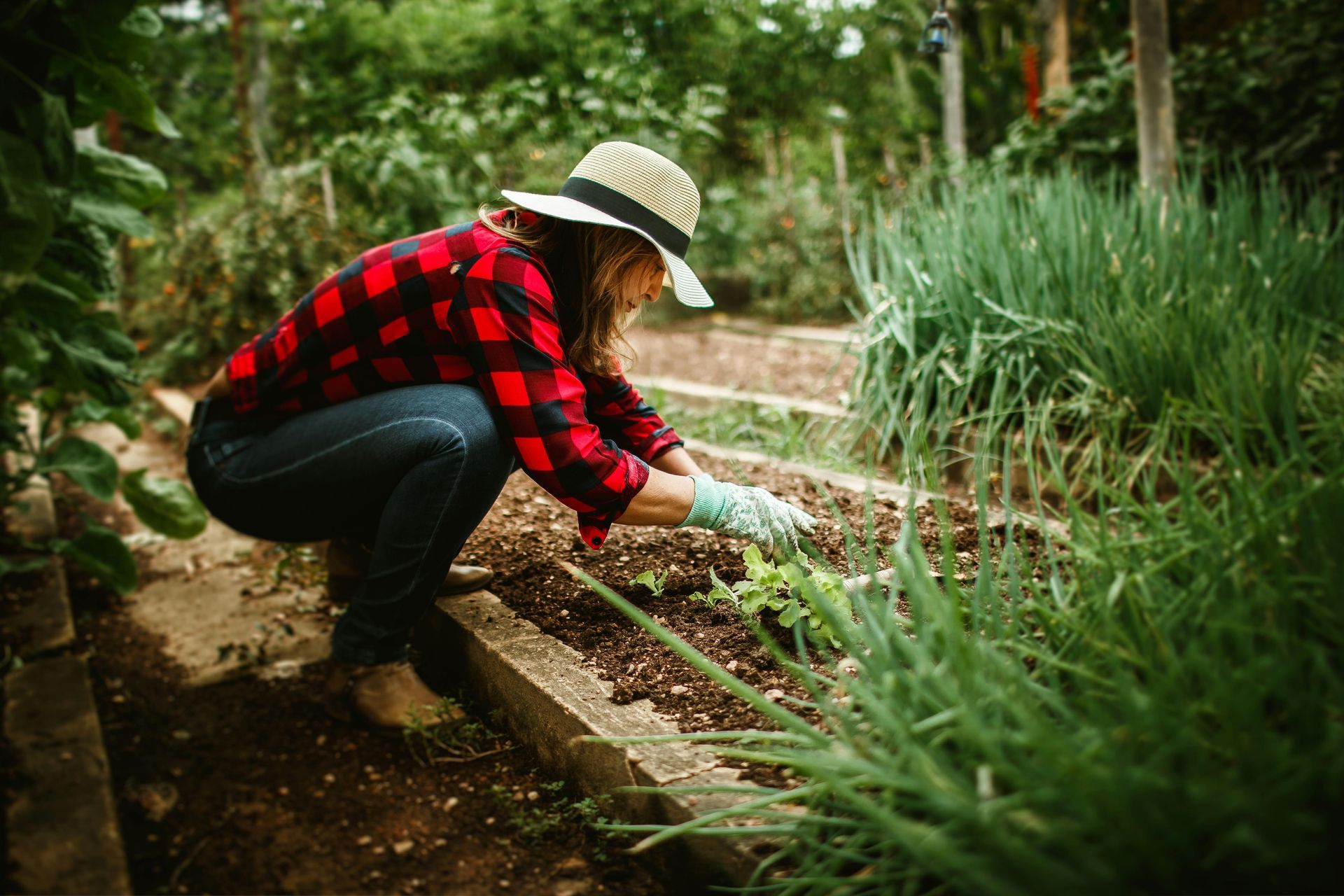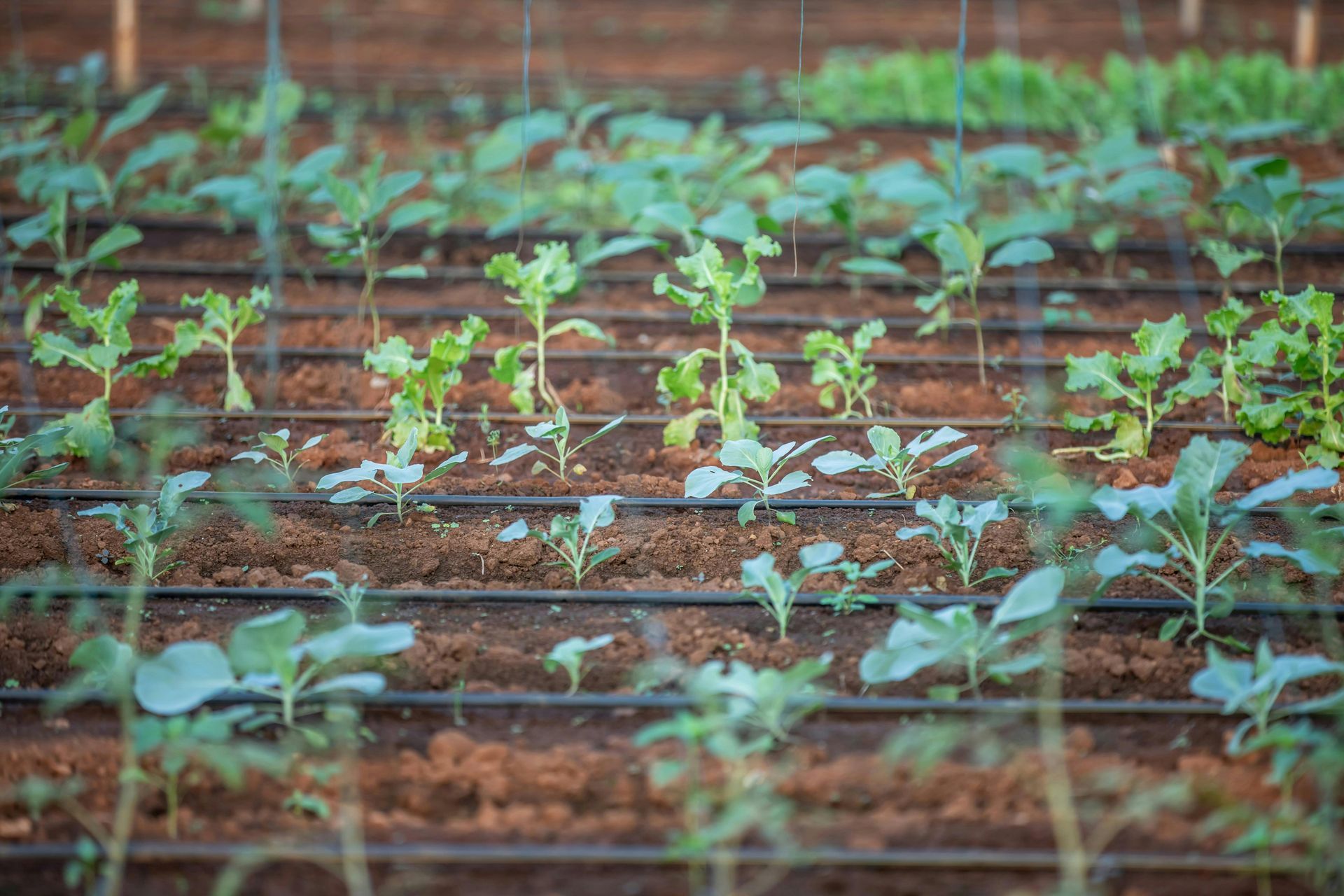Spring Planting Tips
Ensuring Soil Health for Optimal Germination

Spring is here, and for a lot of growers, it’s time to get seeds in the ground and look forward to a strong season. There’s a certain energy in the air, that feeling of possibility that comes with new growth. But before you dive into planting, it’s important to make sure your soil is set up for success. A little prep work now can save you a lot of headaches down the line.
1. Test Your Soil Before Planting One of the most important things you can do before planting is to test your soil. Whether you’re planting row crops, pasture, or specialty produce, knowing your soil’s nutrient levels and pH is crucial. A good soil test will give you information about nitrogen, phosphorus, potassium, and pH—all of which affect how well your seeds will sprout and grow roots.
Testing might seem like just another chore on the list, but it’s worth it. Getting a clear picture of your soil’s condition helps you make better decisions about amendments and inputs. Plus, it can prevent nutrient deficiencies from holding back your crops later in the season.
2. Fix Nutrient Problems Early If your soil test shows that something’s off—like low nutrients or an imbalance—take care of it before planting. Adding the right soil amendments now can make a big difference in how well your crops do. Some common amendments include:
- Gypsum to improve soil structure and calcium content.
- Biochar to increase microbial activity and help the soil hold water.
- Compost or manure to boost organic matter and make nutrients more available.
By addressing issues early, you’re not just setting up your crops for better yields—you’re also saving yourself from scrambling to fix problems after the fact. Think of it as insurance against mid-season stress.
3. Support Microbial Life for Better Roots Good soils are full of living organisms, and they help cycle nutrients and protect plants from disease. Think about adding biological inoculants to boost microbe levels, especially if your soil has been bare or depleted. Inoculants that contain mycorrhizae or helpful bacteria can make roots stronger and more resilient.
Healthier roots mean better nutrient uptake and improved resistance to stress. This is especially important in the early stages of growth when plants are most vulnerable.
4. Keep Moisture Just Right Getting the moisture right is important when seeds are trying to sprout. Too much water can cause seeds to rot, but too little means they might not sprout at all. Use moisture meters or other tools to keep track of how wet the soil is, and mulch can help keep moisture from evaporating too quickly.
Proper moisture management isn’t just about watering—it’s about maintaining a balance that supports germination and root establishment without drowning young plants.
5. Prevent Soil Compaction Driving heavy equipment over the field can pack down the soil, making it hard for roots to grow. Try to avoid running machinery over wet soils and think about using cover crops or organic matter to keep the soil loose and healthy.
Compacted soil doesn’t just stunt root growth—it also makes it harder for water and air to move through the soil profile. Breaking up compacted areas and practicing good soil management can help your crops thrive.
6. Watch for Problems Early Even if you do everything right before planting, it’s important to keep an eye on things after you put seeds in the ground. Watch for signs of stress like yellowing leaves or slow growth. Catching problems early gives you a chance to fix them before they hurt your whole crop.
A little bit of monitoring and quick action can make all the difference. Don’t hesitate to test your soil again or add a foliar feed if something seems off.
Spring planting is full of excitement and new possibilities, but getting your soil ready is the foundation for a good season. By testing, amending, and taking care of your soil now, you’re giving your crops the best shot at a strong start. A little effort upfront will pay off when your fields are full of healthy, thriving plants.
TPS Lab's Blog



